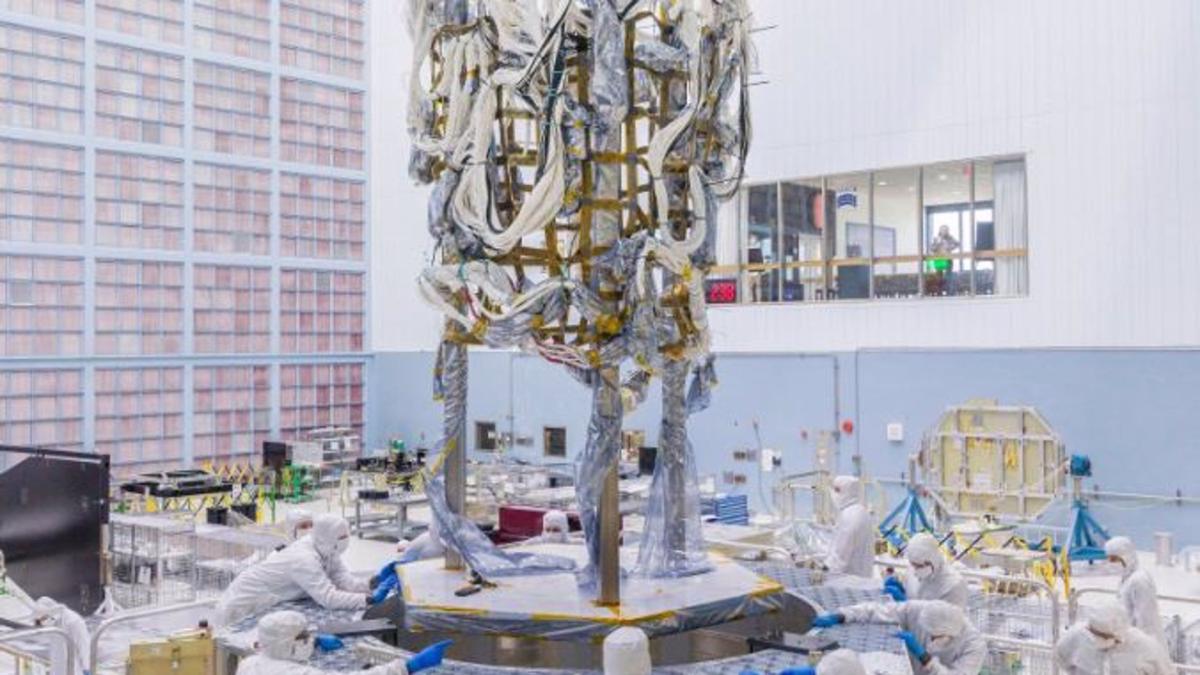NASA’s Insight Mars lander is gradually losing power, and is likely to complete scientific missions later this summer.. Working group The Insight spacecraft expects the lander to work in December. At the end of a mission that has detected more than 1,300 Mars earthquakes or Martian earthquakes so far Most recent, one in size 5 It happened on May 4, 2022.
The data collected from those earthquakes allowed scientists to measure depth and composition The crust, crust and core of Mars. Except, Intelligence (Abbreviation for interior exploration by seismic, geological and thermal transport) Recorded important meteorological data and studied the remains of the ancient magnetic field of Mars. “Insight has changed our understanding of the interior of rock formations and laid the foundation for future work.. What we have learned about the internal structure of Mars can be applied to rock formations on Earth, the Moon, Venus and other solar systems, “said Lori Glace, director of NASA’s planetary science division.
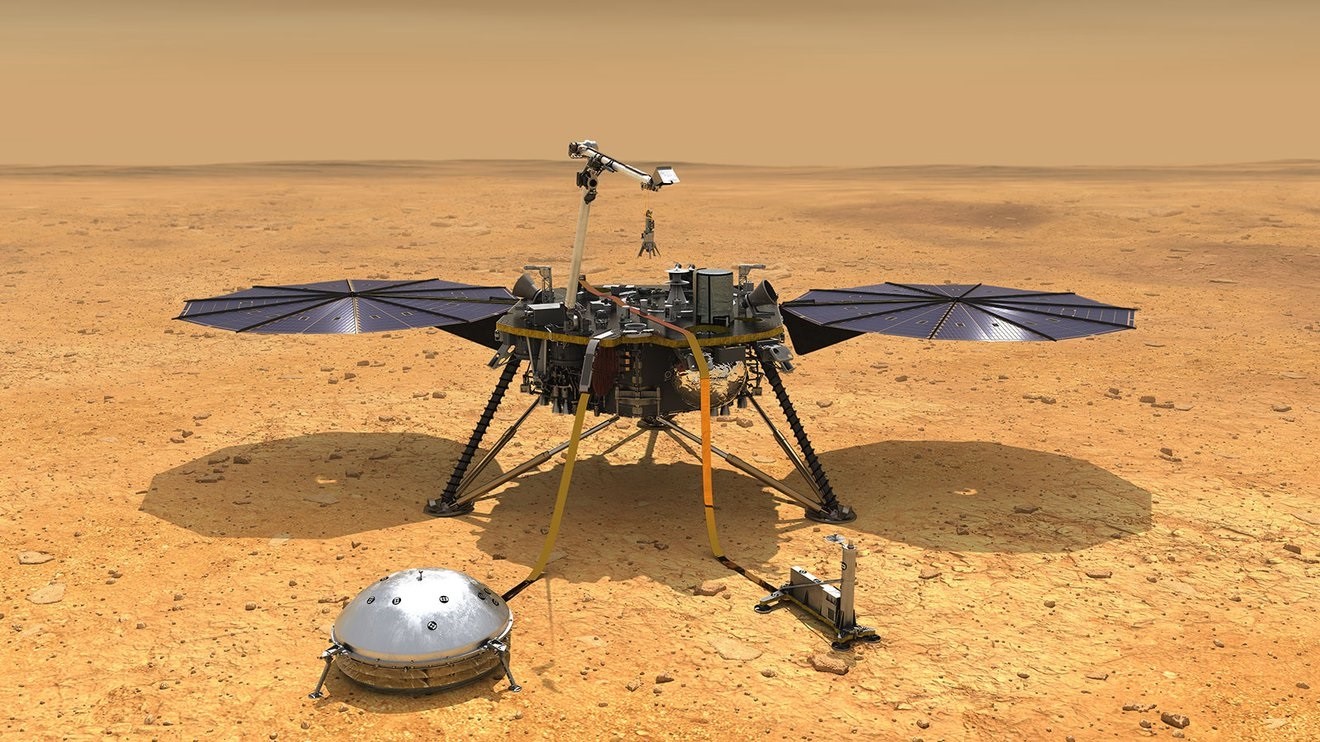
Insight landed on Mars On November 26, 2018, a pair of solar panels will be fitted, each measuring about 2.2 meters, designed to fulfill the main scientific purpose of its first year (almost two years of Earth) journey to Mars. After reaching them, the spacecraft is now in extended service, and its solar panels continue to produce less power while collecting dust.
Due to low power, the team will soon be putting the lander’s robotic arm in its resting position (known as the “retreat pose”) by the end of this month. Originally intended to use lander seismometer and thermal analysis, the hand plays an unexpected role in this task: used for assistance. Bury the heat probe After presenting challenges to the sticky Martian soil study, the team used one hand Innovative way to remove dust Solar panels. As a result, the seismometer was able to operate more often than otherwise, Led to new discoveries.
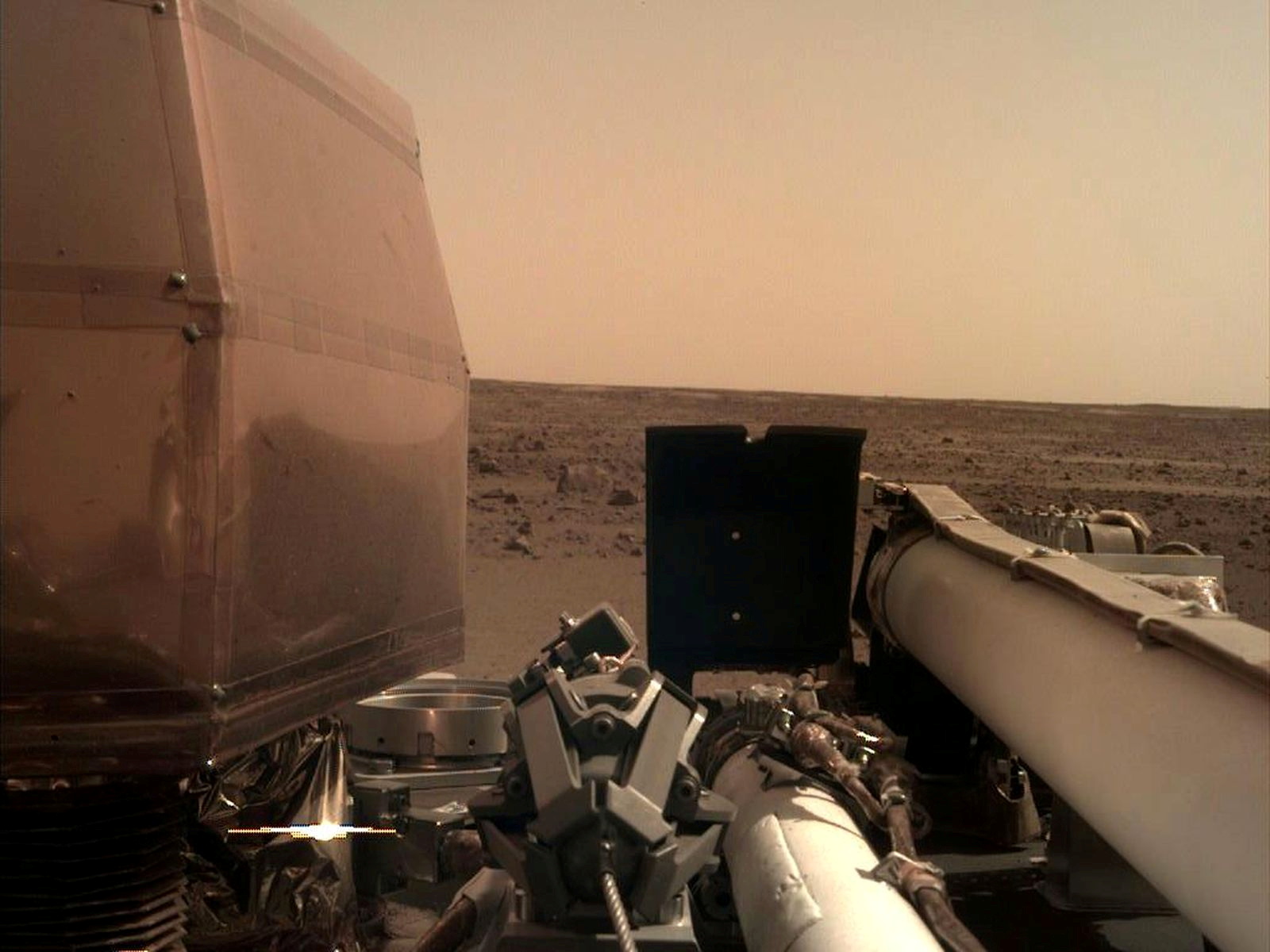
When Insight landed, the solar panels produced about 5,000 watt-hours each Tuesday. Now, they produce about 500 watts per hour, which is enough to run the same electric stove for just 10 minutes. Also, seasonal changes begin on Elysium Planissia, the site of Insight on Mars. Over the next few months, there will be more dust in the air, less sunlight and less power to the lander. Although previous attempts have removed some of the dust, a more powerful dust-cleaning event such as the “Dust Devil” will be needed to reverse the current trend.
“We expected to clear the dust as we have seen many times with Spirit and Opportunity rovers.Bruce Benard, NASA’s chief analyst at NASA’s Jet Propulsion Laboratory in Southern California, is leading the mission. “It’s still possible, but because energy is low, we need to focus on using more collectible science,” he added.
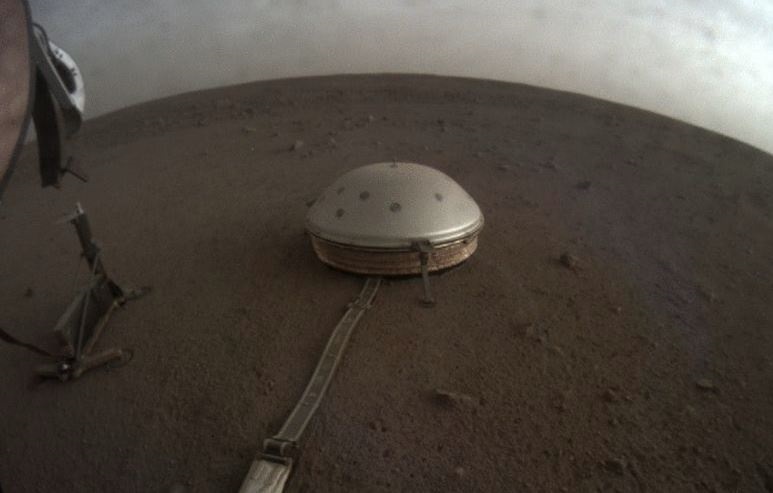
If 25% of Insight’s panels are blown away by the wind, the lander will receive about 1,000 watt-hours of sunlight, which is enough to continuously collect scientific data.. However, at the current rate of power decline, Insight’s non-seismic equipment will rarely be operational after the end of May. The lander’s seismometer is powered by power, which operates at selected times of the day, i.e. at night, when wind is low and earthquakes are easy to “hear” on the seismometer. The seismometer is expected to be turned off in late summer, completing the scientific phase of the work.
At that point, the lander will still have enough power to run, take pictures from time to time, and interact with the earth. But in December, the team hopes that one day Insight will have enough power to stop responding.
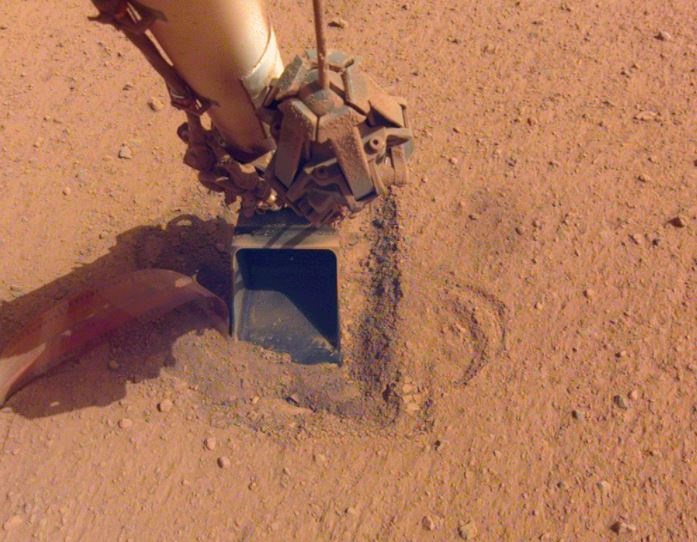
More about the mission
The The Jet Propulsion Laboratory (JBL) manages Insight for NASA’s Directorate of Scientific Operations. Insight is part of NASA’s Discovery program, managed by the agency’s Marshall Space Flight Center in Huntsville, Alabama. Lockheed Martin Space in Denver built the Insight spacecraft, which includes its cruiser position and lander, and supports spacecraft operations for this purpose.
Many European allies support the InSight mission, including the French Center National d’Études Spatiales (CNES) and the German Aerospace Center (DLR).. CNES, along with IPGP (Institut de Physique du Globe de Paris)’s chief analyst, provided NASA with seismic testing equipment.
Significant contributions to SEIS came from IPGP; Max Planck Institute for Solar System Research (MPS) in Germany; Swiss Federal Institute of Technology (ETH Zurich) in Switzerland; Imperial College London and Oxford University in the UK; And JBL. With significant contributions from the Polish Academy of Sciences’ Center for Space Research (CBK) and Astronica in Poland, the DLR provided a set of thermal flow and physical properties (HP3) instruments. The Center for Astrobiology of Spain (CAB) provided temperature and wind sensors.
Continue reading:


